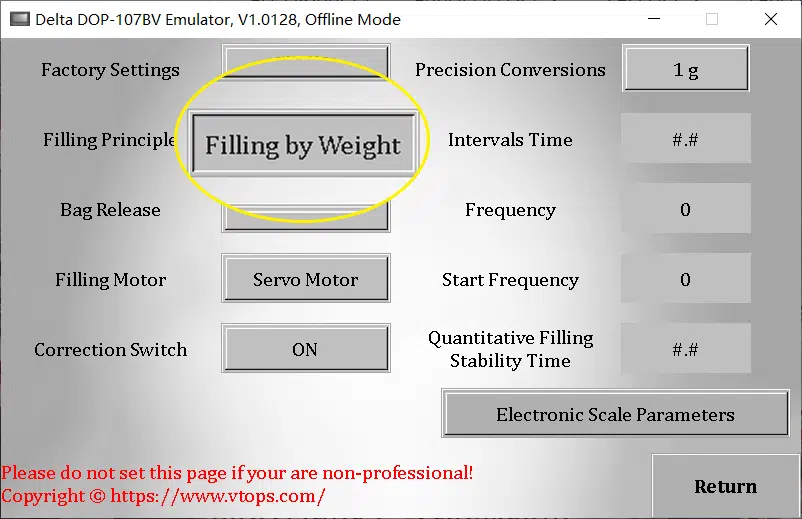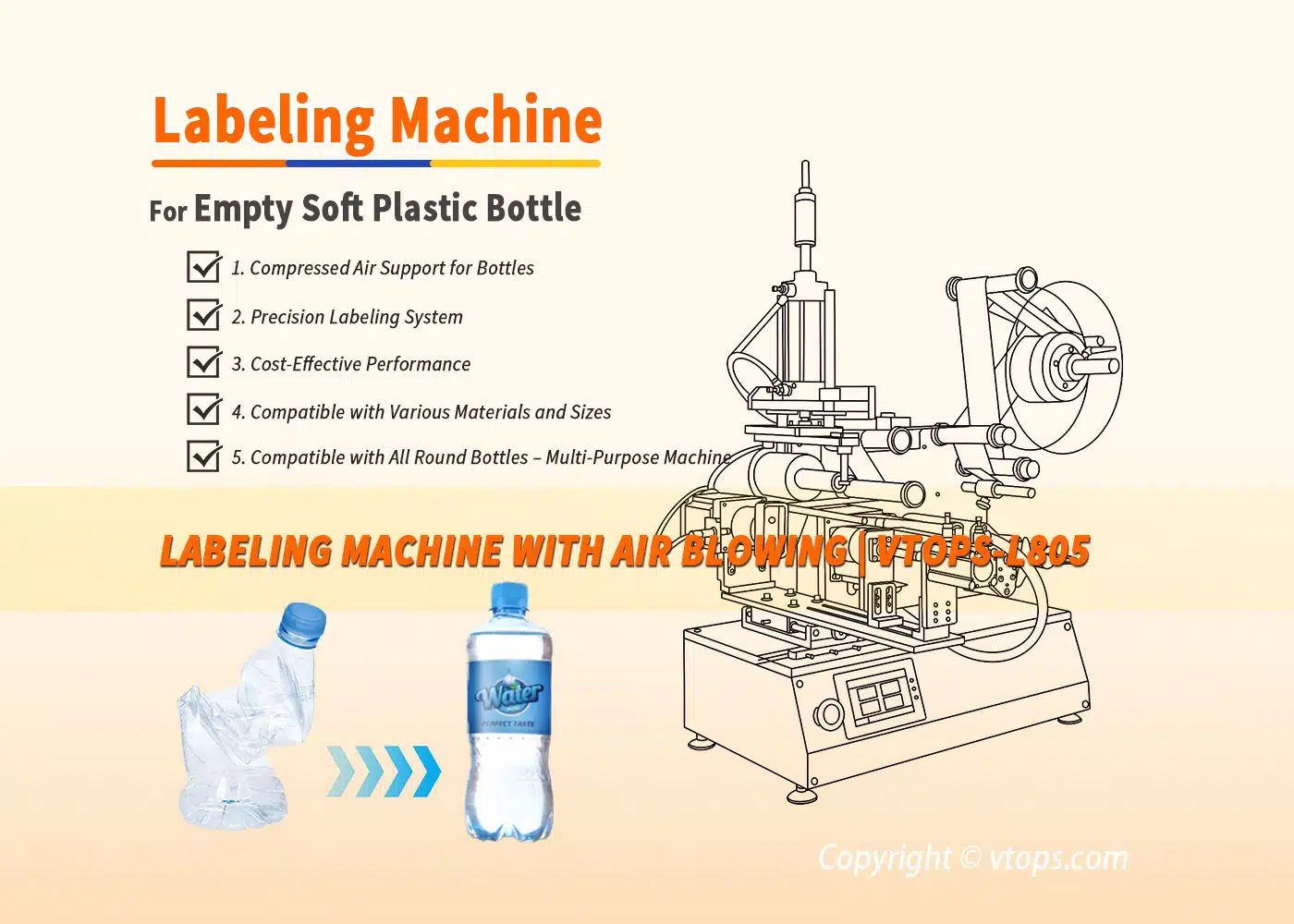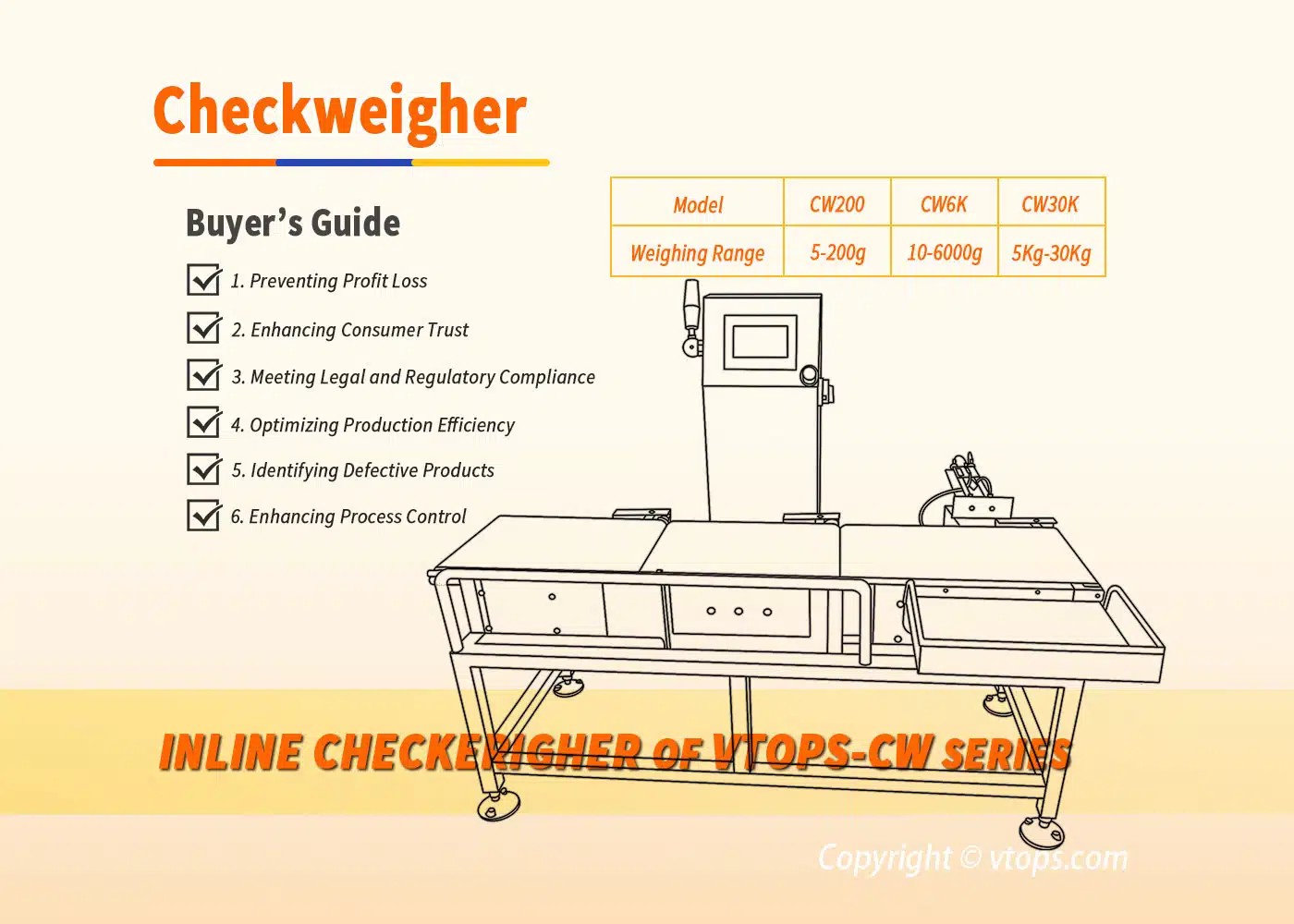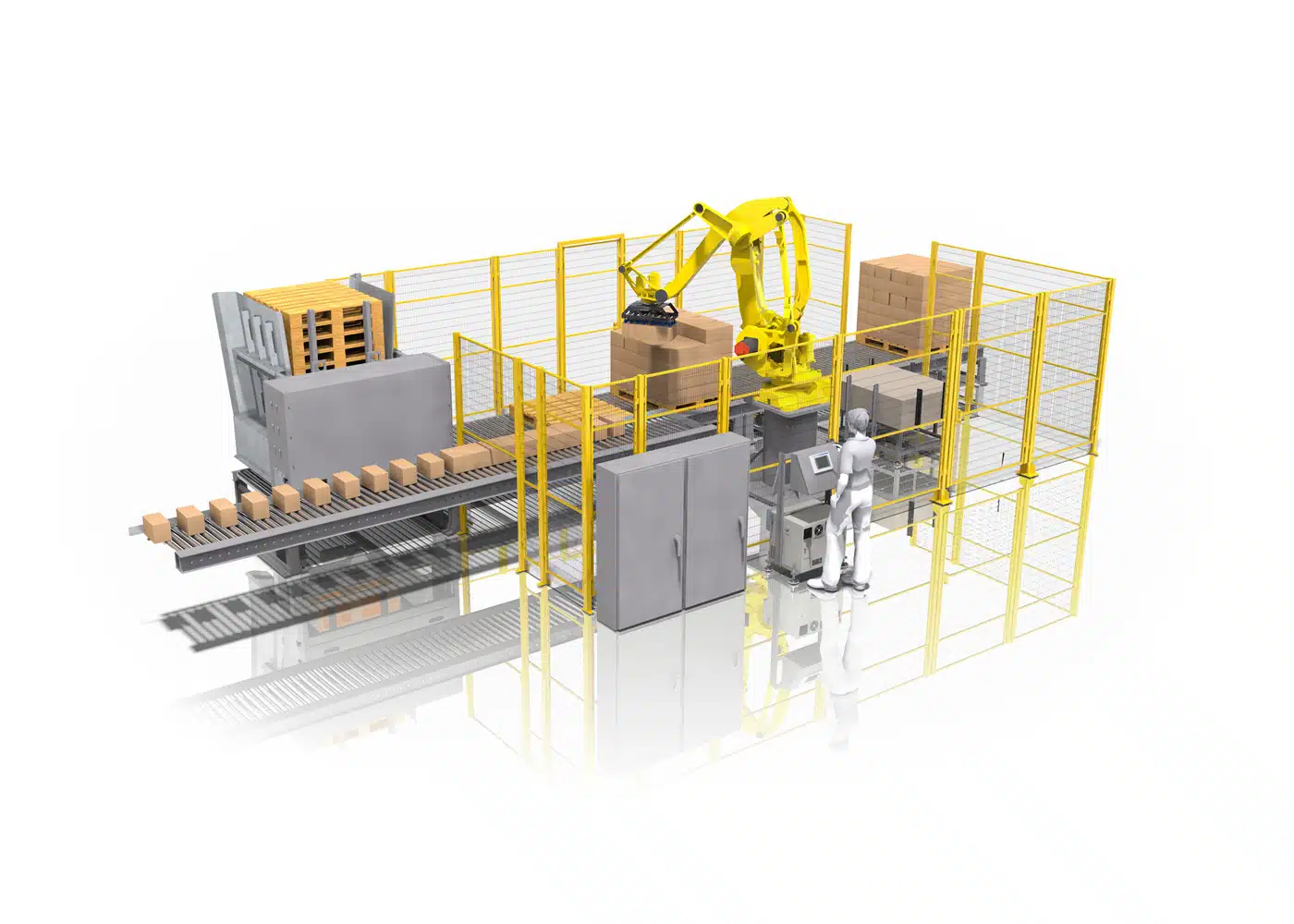Enhancing and improve the filling accuracy of an auger filler machine can be achieved through various improvements and optimizations.
Here the following is how:
Optimize Auger Screw Design
- Auger Clearance Control:
Ensure that the clearance between the auger and the filling chamber is precise and consistent. This reduces material leakage and ensures uniform filling. - Material Selection for Augers:
Use highly durable and precision-engineered materials for the augers to minimize wear and tear, which can affect filling accuracy. - Improvement in Auger Shape:
Optimize the auger’s shape and pitch to better match the material’s flow characteristics.
Controls of the Filling Process
- Precision Metering System:
Implement high-precision metering sensors and control systems that monitor and adjust the filling weight in real time.
Additionally, consult with filling machine manufacturers who have experience in Fill-by-Weight to ensure optimal system configuration.
Setting Fill-by-Weight - Feedback Control System:
Utilize a closed-loop control system to automatically adjust the auger’s rotation speed and filling time based on real-time data, ensuring that the filling amount remains within the set range.
Auxiliary Feeding System
- Coordinated Feeding System:
Introduce a feeding system that maintains a stable material level in the hopper. This keeps the pressure on the auger consistent, ensuring a steady material flow and pressure during filling.
Maintenance of the Filling Equipment
- Regular Calibration:
Regularly calibrate the metering system and mechanical components of the auger filler to ensure long-term accuracy. - Timely Replacement of Worn Parts:
Regularly inspect and replace worn components such as augers and bearings. This helps maintain filling accuracy by preventing wear-related errors.
Optimization of Material Properties and Environmental Conditions
- Control Material Flowability:
Ensure that the flowability of the material being filled remains consistent, avoiding variability across different batches or conditions that could impact filling accuracy. - Stable Environmental Conditions:
Maintain stable temperature and humidity levels in the filling environment to reduce the impact of environmental changes on material flow.
Standardization of Operating Procedures
- Standard Operating Procedures (SOP):
Develop and implement SOPs to ensure that different operators consistently follow best practices, minimizing human errors that could affect filling accuracy.
High-Precision Drive Systems
- High-Precision Servo Motors:
Servo motors offer precise speed control, making them more suitable for applications requiring high filling accuracy compared to traditional motors. - Precision Transmission System:
Employ high-precision transmission systems to reduce transmission errors, ensuring the auger’s rotation speed and position are accurate.
By implementing these measures, you can significantly enhance and improve the filling accuracy of auger filler machines, ensuring stability and consistency throughout the filling process.



